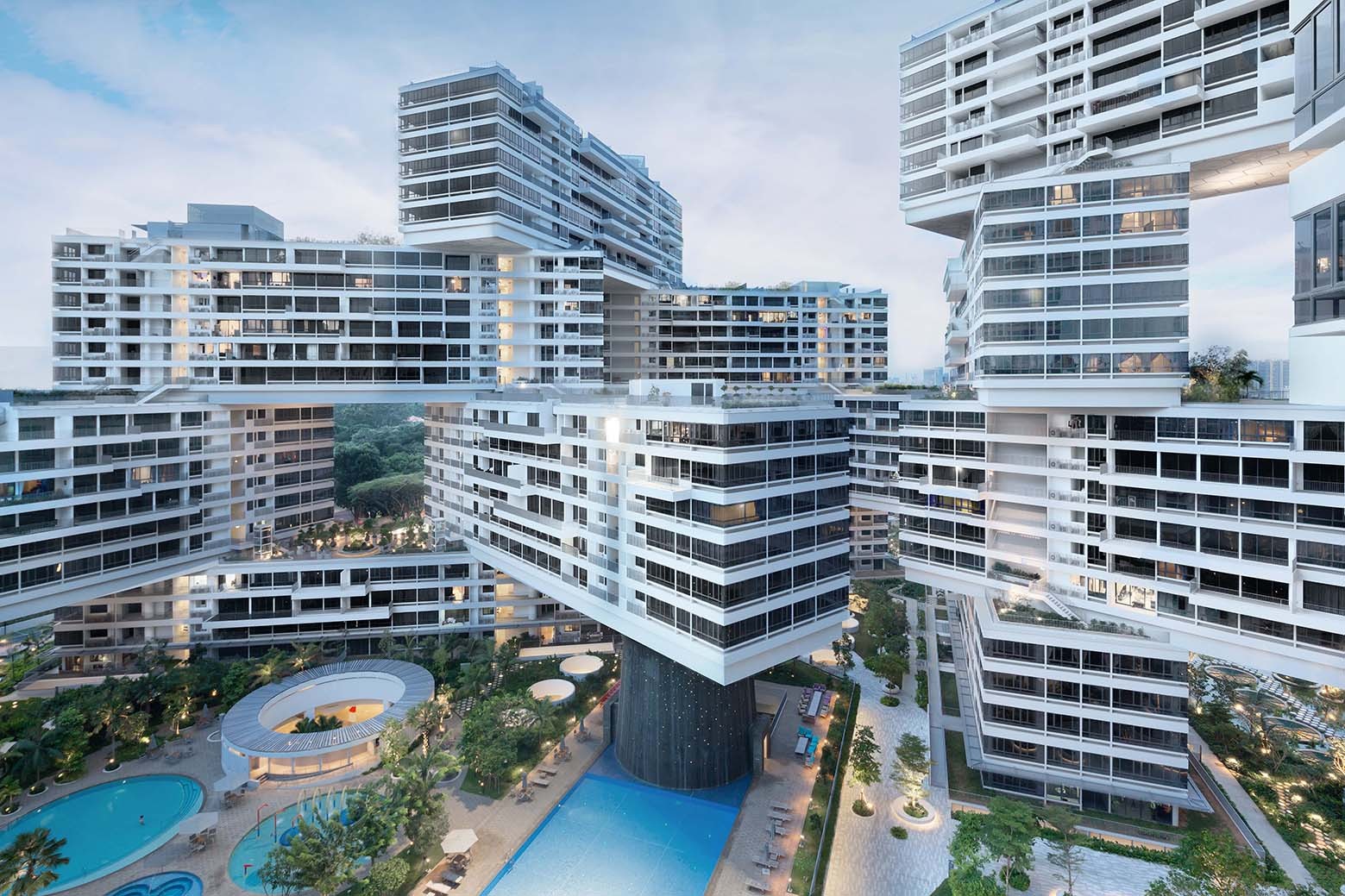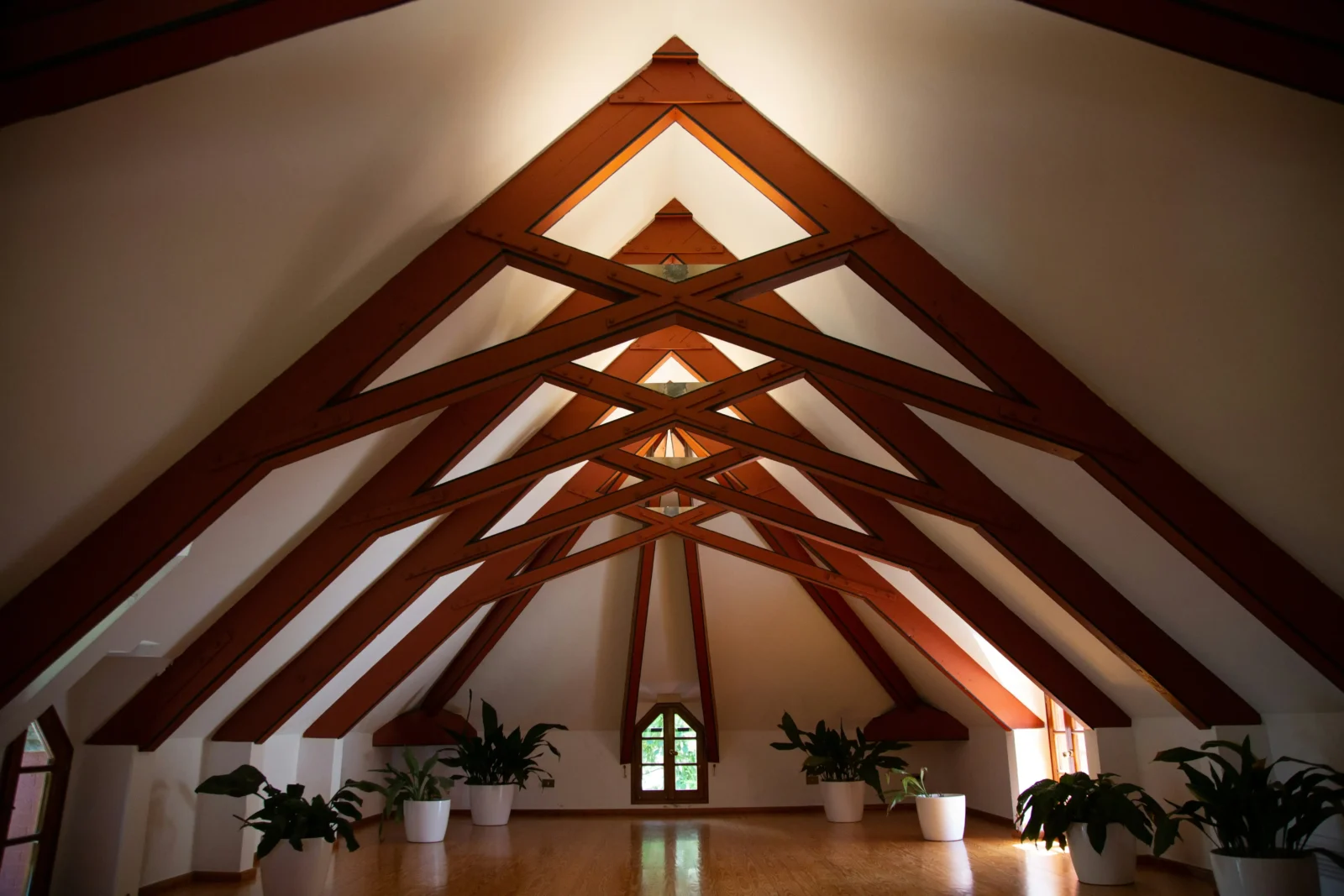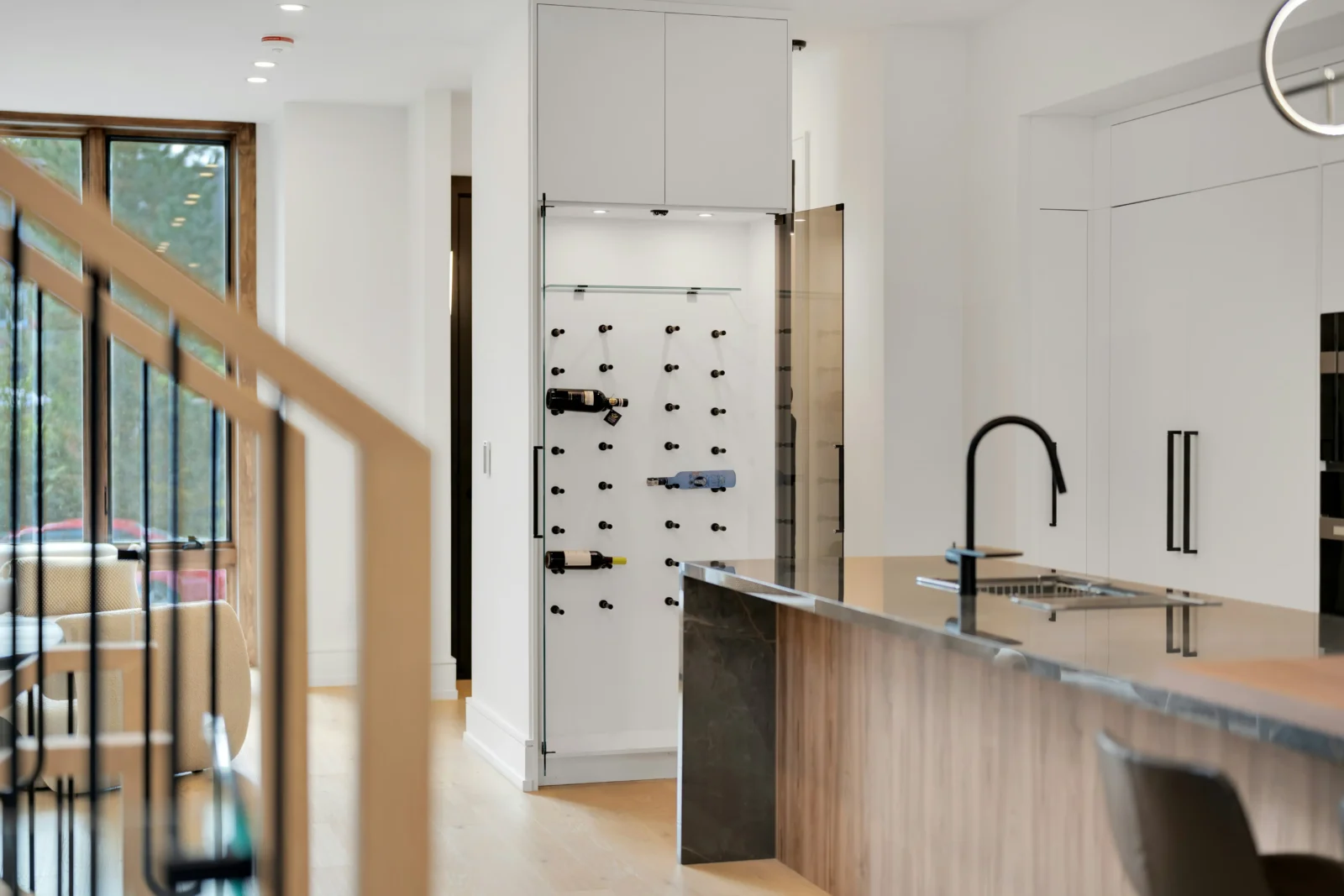- Home
- Articles
- Architectural Portfolio
- Architectral Presentation
- Inspirational Stories
- Architecture News
- Visualization
- BIM Industry
- Facade Design
- Parametric Design
- Career
- Landscape Architecture
- Construction
- Artificial Intelligence
- Sketching
- Design Softwares
- Diagrams
- Writing
- Architectural Tips
- Sustainability
- Courses
- Concept
- Technology
- History & Heritage
- Future of Architecture
- Guides & How-To
- Art & Culture
- Projects
- Interior Design
- Competitions
- Jobs
- Store
- Tools
- More
- Home
- Articles
- Architectural Portfolio
- Architectral Presentation
- Inspirational Stories
- Architecture News
- Visualization
- BIM Industry
- Facade Design
- Parametric Design
- Career
- Landscape Architecture
- Construction
- Artificial Intelligence
- Sketching
- Design Softwares
- Diagrams
- Writing
- Architectural Tips
- Sustainability
- Courses
- Concept
- Technology
- History & Heritage
- Future of Architecture
- Guides & How-To
- Art & Culture
- Projects
- Interior Design
- Competitions
- Jobs
- Store
- Tools
- More
The Evolution of Residential Design: Traditional to Modern Style

Throughout history, the concept of residential design has constantly evolved, reflecting the changing needs, lifestyles, and preferences of individuals and societies. In this article series, we embark on a captivating journey through time, exploring the transformative phases of residential design. In our first article, we delve into the transition from traditional to modern design, examining the key elements and influences that shaped this remarkable evolution.
The traditional era of residential design, characterized by ornate details, intricate craftsmanship, and a hierarchical arrangement of spaces, held sway for centuries. However, as the world underwent rapid industrialization and societal shifts, a new vision for residential architecture emerged. The modern movement challenged conventions and embraced simplicity, functionality, and a closer connection to nature.
Architects and designers embraced innovative materials, such as steel, glass, and concrete, allowing for open floor plans and the removal of load-bearing walls. This newfound freedom in construction techniques sparked a wave of experimentation, resulting in the iconic designs of luminaries like Le Corbusier and Frank Lloyd Wright. These pioneers championed the integration of indoor and outdoor spaces, blurring the boundaries between nature and the built environment.

The transition from traditional to modern residential design was a paradigm shift that reshaped the way we perceive and inhabit our homes. It celebrated the marriage of form and function, embraced simplicity and minimalism, and prioritized the connection between dwellings and their natural surroundings. In the next article, we will explore the postmodern era, where architecture took on a more eclectic and diverse character, reflecting the spirit of a rapidly changing world.
The Gamble House, located in Pasadena, California, USA, is a masterpiece of American Craftsman architecture. Designed by brothers Charles and Henry Greene, it showcases their meticulous attention to detail and craftsmanship. The house incorporates elements such as exposed joinery, decorative woodwork, and extensive use of natural materials, creating a warm and inviting atmosphere.

Machiya houses are traditional wooden townhouses found in Kyoto, Japan. These vernacular dwellings embody the essence of traditional Japanese residential architecture. With their wooden lattice screens (koshi), sliding doors (fusuma), and interior courtyard gardens (tsuboniwa), they provide a sense of privacy, tranquility, and a strong connection to nature.

Villa Savoye, situated in Poissy, France, is a seminal work of modernist architecture. Designed by Swiss-French architect Le Corbusier, it embodies the principles of the International Style. The villa features a pure white facade, ribbon windows, an open floor plan, and a rooftop garden, showcasing Le Corbusier’s vision of functional, geometric design.
Fallingwater (1935) by Frank Lloyd Wright: Fallingwater, located in Pennsylvania, USA, is an iconic example of traditional residential architecture. Designed by renowned architect Frank Lloyd Wright, it exemplifies his organic architecture philosophy. The house is seamlessly integrated with its natural surroundings, featuring cantilevered balconies, stone walls, and a strong horizontal emphasis.
These examples represent the diverse range of traditional residential architecture and the visionary architects who shaped them, leaving a lasting legacy in the world of design. In the transition from traditional to modern residential design, several pioneering architects played a significant role in shaping this evolution.
Frank Lloyd Wright, an American architect, is considered one of the most influential figures in modern residential design. He challenged the traditional architectural norms and emphasized the integration of architecture with nature. Wright introduced open floor plans, horizontal lines, and organic designs that seamlessly blended the interior and exterior spaces. His innovative approach can be seen in iconic houses such as Fallingwater and the Robie House.

Also, Walter Gropius is founder of the Bauhaus school, played a crucial role in the modernist movement. He believed in integrating art, craft, and technology in architecture. Gropius emphasized functionalism, simplicity, and the elimination of unnecessary ornamentation. His influential designs include the Bauhaus Dessau building and the Masters’ Houses
Finally, Le Corbusier proposed the concept of “the house as a machine for living,” emphasizing the importance of simplicity, clean lines, and the use of new materials like concrete and steel. His influential works include Villa Savoye, Unité d’Habitation, and the Chandigarh Capitol Complex.

Submit your architectural projects
Follow these steps for submission your project. Submission FormLatest Posts
Innovative Cleaning for Modern Materials: How Hydroblasting Supports Architectural Design
Modern buildings don’t hide what they’re made of anymore. Glass is meant...
How to Improve Driving Conditions Around Your Office
Driving to work can feel like navigating a challenge. Traffic jams, potholes,...
Practical Solutions for Modern Home Improvements
Home improvements work best when they solve real problems. Focus on changes...
The Ultimate Guide to the SaaS Localization Process: Navigating Global Markets with Precision
The Software-as-a-Service (SaaS) model has revolutionized how businesses operate by providing cloud-based...












Leave a comment